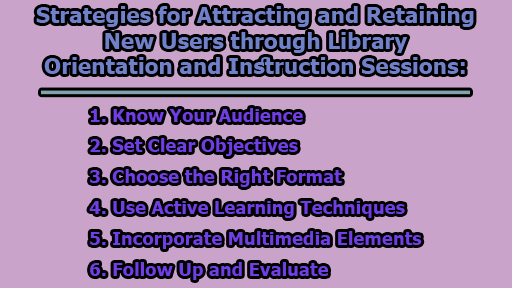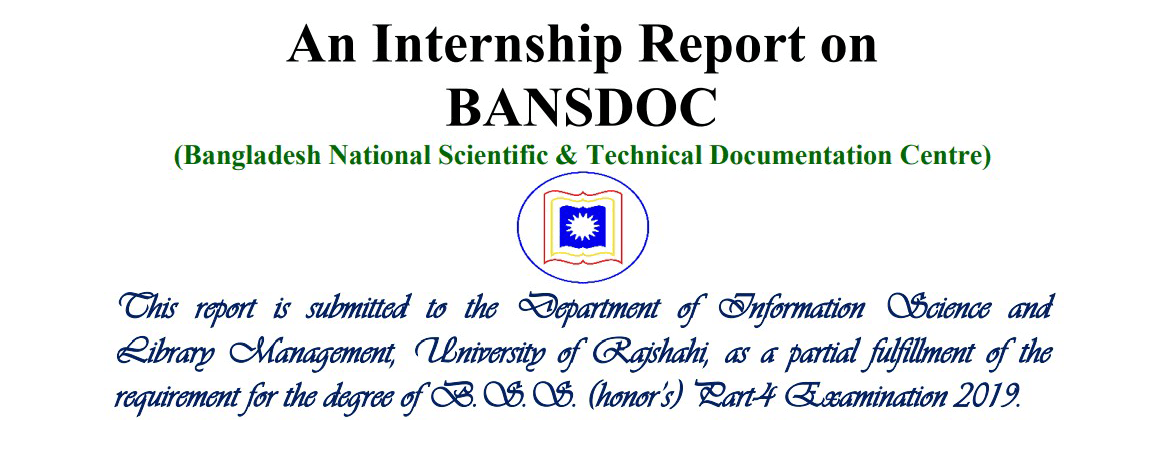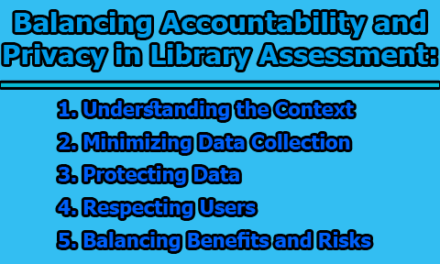Strategies for Attracting and Retaining New Users through Library Orientation and Instruction Sessions:
In the rapidly evolving landscape of information resources, libraries play a crucial role in supporting the educational and research needs of their patrons. To effectively engage and retain new users, libraries must provide well-planned orientation and instruction sessions. These sessions are not just about introducing users to library services but also about empowering them with the skills and knowledge they need for their academic or research pursuits. In this article, we will explore the key strategies for attracting and retaining new users through library orientation and instruction sessions.

1. Know Your Audience: Understanding your audience is the foundation of creating successful library orientation and instruction sessions. Libraries serve diverse user groups with varying needs, expectations, and preferences. To cater to these differences, librarians should employ methods such as surveys, interviews, focus groups, and observations to gather information about their users. Audience segmentation based on characteristics like age, education level, language, and discipline can help tailor sessions to meet specific interests, goals, and challenges.
2. Set Clear Objectives: Once you’ve identified your audience, it’s crucial to define the purpose and outcomes of your library orientation and instruction sessions. What do you want your users to learn, do, or feel after attending? The SMART framework (Specific, Measurable, Achievable, Relevant, and Time-bound) is an excellent tool for setting objectives. For example, an objective could be that by the end of the session, users will be able to identify and access three library databases relevant to their research topic.
3. Choose the Right Format: Selecting the appropriate format for your sessions is another critical step. Depending on your objectives and audience, you can choose from various formats, including lectures, workshops, demonstrations, tours, games, or online modules. Consider the advantages and disadvantages of each format, as well as the resources and skills required. Lectures are effective for conveying a lot of information quickly but can be passive and boring. Workshops offer interactivity but require more preparation and facilitation.
4. Use Active Learning Techniques: Active learning is a powerful pedagogical approach that engages users in meaningful activities that require them to apply, analyze, or create knowledge. Techniques like quizzes, discussions, case studies, problem-solving, peer feedback, or role-playing can enhance users’ motivation, retention, and transfer of learning. By incorporating active learning methods into your sessions, you stimulate curiosity, challenge assumptions, and encourage participation.
5. Incorporate Multimedia Elements: Multimedia elements, such as images, videos, audio clips, animations, charts, graphs, or maps, can enrich your library orientation and instruction sessions. These elements appeal to different learning styles and can help illustrate concepts, provide examples, or create scenarios. However, it’s important to strike a balance and avoid overloading users with too many or irrelevant multimedia elements. Ensure that the multimedia content is accessible, clear, and consistent.
6. Follow Up and Evaluate: To keep users engaged and informed after the session, follow-up and evaluation are essential. Communication tools like emails, newsletters, blogs, social media, and online forums can be used to stay connected with users, offer them additional resources, and provide opportunities for them to ask questions and give feedback. Evaluating the effectiveness and impact of your session through quantitative and qualitative methods like surveys, tests, interviews, and observations allows for continuous improvement and demonstrates the value of library services to stakeholders.
In conclusion, effective library orientation and instruction sessions are vital for attracting and retaining new users. By understanding your audience, setting clear objectives, choosing the right format, using active learning techniques, incorporating multimedia elements, and following up and evaluating your sessions, libraries can ensure that users are not only introduced to the wealth of resources available but also equipped with the skills and knowledge they need for their academic and research success. In doing so, libraries can remain relevant and valuable in an ever-changing information landscape.

Assistant Teacher at Zinzira Pir Mohammad Pilot School and College









